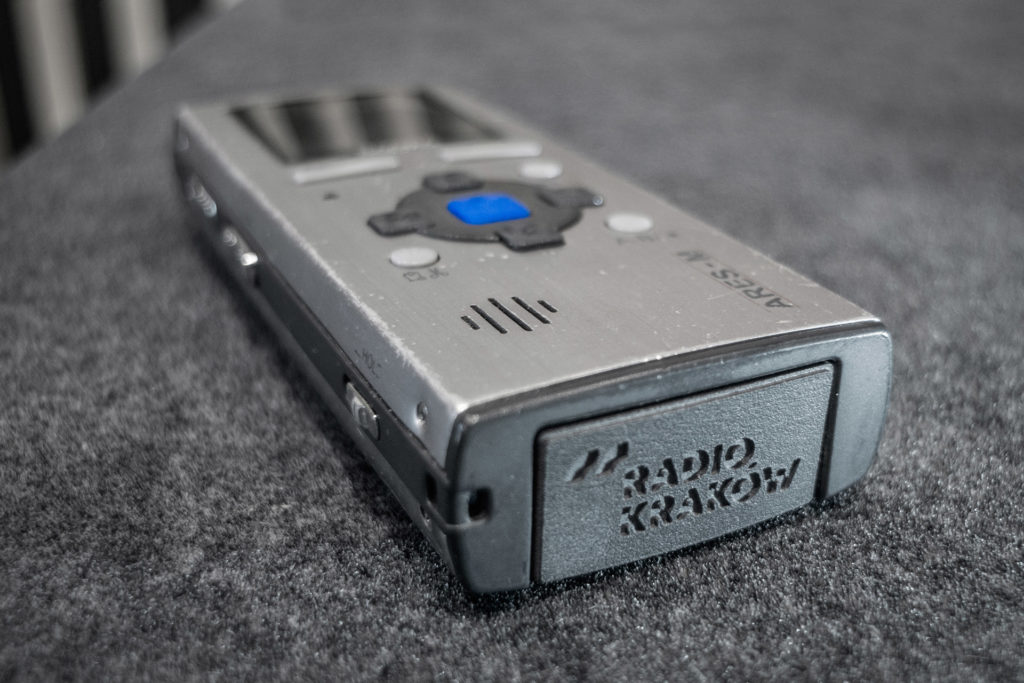![]() Tel:+86 135 7086 9158
Tel:+86 135 7086 9158
![]() Tel:+86 135 7086 9158
Tel:+86 135 7086 9158
PRODUCT LIST

One of Polish radio stations uses a sound recorder for many years, but the availability of spare parts is very low.
The NAGRA Ares M is a model released over ten years ago, but it still does its job perfectly. No matter if it is used for recording for radio, movies or other purposes – it always delivers very high sound quality. But any device – if used thousands of times, often in a hurry and in very different conditions – can break mechanically. The weakest part appeared to be the battery cover.

A battery cover is permanently exposed to closing and opening causing friction and mechanical stress that make some of its elements break. In this case the plastic cover usually cracks at the points of contact of walls of different thickness. When made with injection molding technology, even tenth parts of millimeters of difference in wall thickness can cause tensions inside the material as it makes the product cool down unevenly. What is more, the elements tend to crack at the points of contact of injection molds. And this doesn’t apply to the SLS technology.
The challenge was to design and 3D print new battery covers that would not only fit the sound recorders but that also would be more durable than the original ones.
The designer had to measure the original battery covers, design the model of spare part, print it, test the first prototype and introduce some improvements.
After the first measurements the new covers have been designed. Although the first model appeared to be fully functional, the designer decided to improve some tiny details. Even differences as small as 0.1 mm could influence the durability of the printout.
After the changes, the covers worked even better than the original ones. Additionally, the logo of Radio Kraków was placed on the cover to brand the sound recorders.

The size of the battery cover and its elements required the highest possible accuracy which made the SLS technology and the PA12 Smooth the best solution of the problem.
The second aspect was the printing time and the number of iterations.
As with the SLS technology it is possible to fill the print bed with a number of such small models, you can print quite high amount of different versions in one process. Thus it is possible to test a few different concepts and variations immediately. This feature of SLS printing makes designing the best version of a spare part shorter than with other technologies.


The implemented solution enabled the radio station to save money and time. There was no need of buying new sound recorders and training the employees how to use them. What is more, before printing new covers with Sinterit Lisa, the technicians used to fix the sound recorders using brass and glue which was a time consuming and unreliable solution.
Now, even if the battery cover breaks during a workday of a journalist, he or she can easily swap it with a new one.
The project shows how the SLS technology not only helps to design new products, but also, by 3D printing spare parts, can bring back to life some older devices that can still work instead of turn into trash.
Copyright © Shenzhen Airboat Technology Co., Ltd. All rights reserved 【Backstage management】